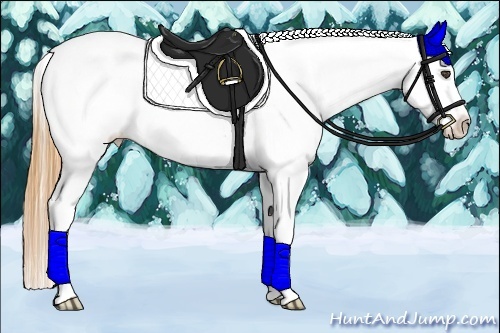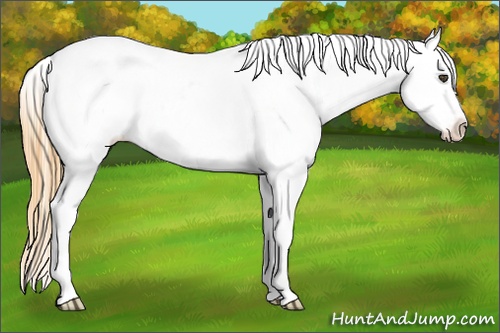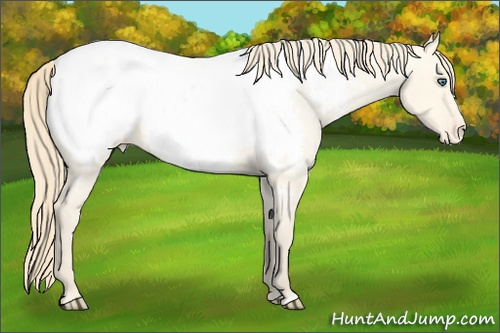X
HGG Community Forums
Log In to HorseGeneticsGame
HGG Community Forums
Join our discord server!
Howdy, Stranger!
It looks like you're new here. If you want to get involved, click one of these buttons!
Categories
- All Discussions68,267
- Announcements381
- HJ2 Discussion67,060
- ↳ New Member Introductions569
- ↳ Help me out3,469
- ↳ Horses For Sale and Auction12,515
- ↳ Breeding Ads and Sales3,456
- ↳ Herd Helper39,570
- ↳ Bug Discussion120
- ↳ Repair Log12
- General Discussion826
- ↳ Saddle Sisterhood32
- ↳ Games, Contests and GiveAWays54
- ↳ Genetics245
In this Discussion
- BlackWaterEquine September 2017
- Ritsika September 2017
Who's Online (0)
Perlino Roan Dun Appaloosa
-
Just bred my Stallion BWE Roan Roamer

BWE Roan Roamer to my mare BWE Dun Robin
BWE Dun Robin and got this cute little fella.
BWE RR x BWE DR
Could any one explain to me the genetics behind this little guy. I am quite new and I still have no clue how to tell if the genetics are good or bad. I would like some help learning about genetics so I could breed horses that are to others interests. :) Thank You -
@BlackWaterEquine, by bad genetics do you mean potentially lethal combinations?
In the game, we don't have "bad" genetics in the sense that Lp/Silver isn't linked with eye disorders and inbreeding has no undesirable traits, just for example.
We do have to look out for lethal combinations, such as homozygous frame (Olw Olw).
Regarding the colt, he will never produce a red based foal because he is homozygous dominant at extension (EE) just like his sire. His dam had a 50% chance of donating her "e" allele but did not.
At agouti, he is heterozygous (Aa) meaning he can produce both bay or black based foals. His dam gave the recessive agouti allele "a" (black) and his sire gave the dominant agouti allele "A" (in the game, A represents classic bay).
The colt is homozygous cream meaning he will always produce at least a buckskin or smokey black foal (at least a heterozygous cream foal).
He is also homozygous dun because his sire donated his dun allele. The dam was homozygous dun so she will always produce a dun foal just like the colt will always produce a dun foal.
At the Kit loci, he is heterozygous roan meaning he has a 50% chance of producing a roan offspring. His sire did not pass on the roan gene. The dam gave the roan gene to him.
Then the leopard complex (Lp) loci, the colt is homozygous so he will always produce an appaloosa foal. Both his sire and dam are heterozygous at Lp and they both passed on the Lp gene. ECA3P determines what kind of blanketing pattern will be present. I'm not as confident with appy but I think your foal would be a few-spots or nearly few spot because he is homozygous LP. Without LP, pattern 1 would not be expressed.
So your colt is a Perlino Roan Dun Appaloosa that can produce at least a Buckskin Dun (commonly called Dunskin) Appaloosa or Smokey Grullo (Black Dun) Appaloosa with or without roan. I hope that helps. Feel free to ask any other questions. :)
EDIT: Also, if you are determined to sell foals of desirable colors, other members typically won't be interested unless they have been through free testing. It would disappointing to purchase a foal only to have it altered by free testing. -
@Ritsika , Thank you so much for the info. It's still a little confusing but I definitely learned about my colt! I wish I could understand how the genetics work like you. I have read the Genetics Guide but it still was a little confusing to me.
-
@BlackWaterEquine, my pleasure! I enjoy learning about genetics but I still need lots of practice with some things. Punnet squares were my best friend while I started out. Anything I can elaborate on to make it less confusing?
-
@Ritsika , I totally forgot about punnet squares! I forget exactly what the outcome of them means but I will refresh my memory. I probably couldn't even know where to begin on using them on here just because there are so many genes.
-
@BlackWaterEquine, take your time. :)
If you do each gene separately it isn't so daunting. Make sure to be consistent about the placement of the sire's genes and the placement of the dam's genes on the punnet square. Then you can slowly figure out how the different genes interact with each other.



